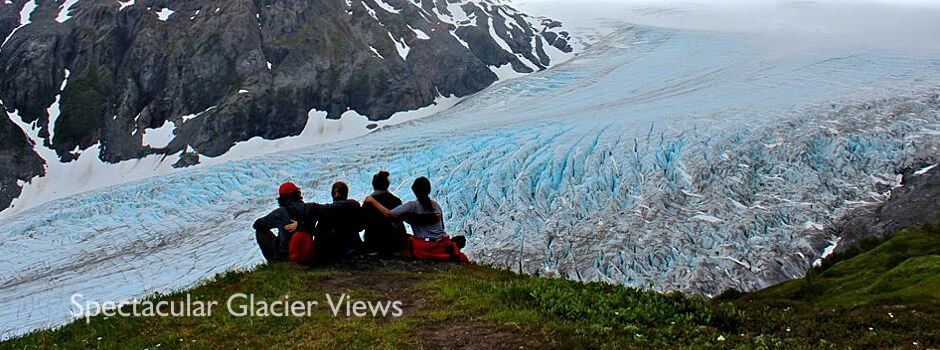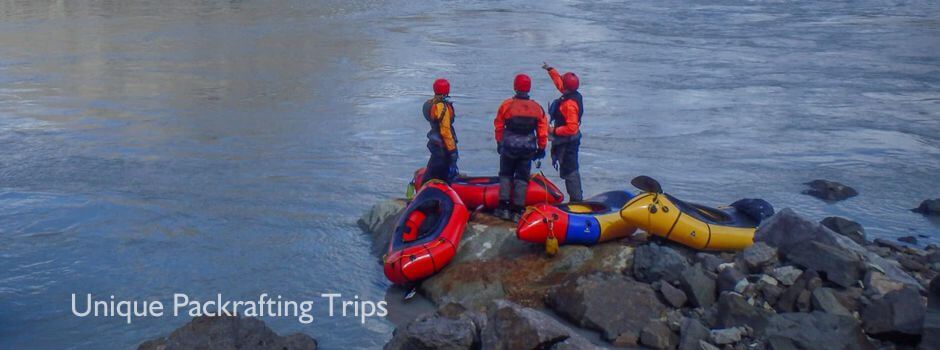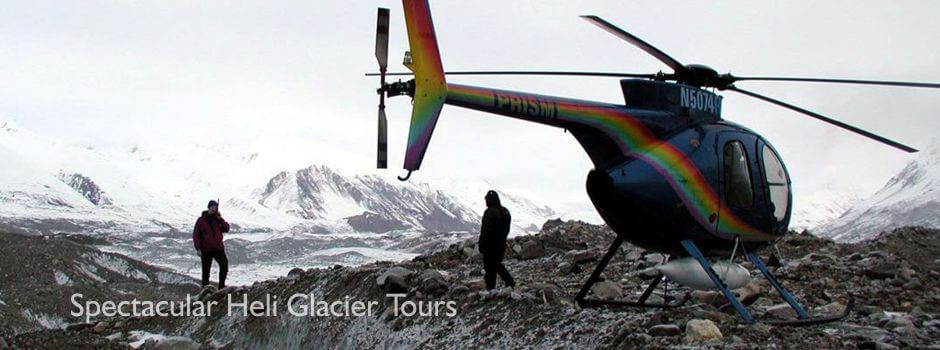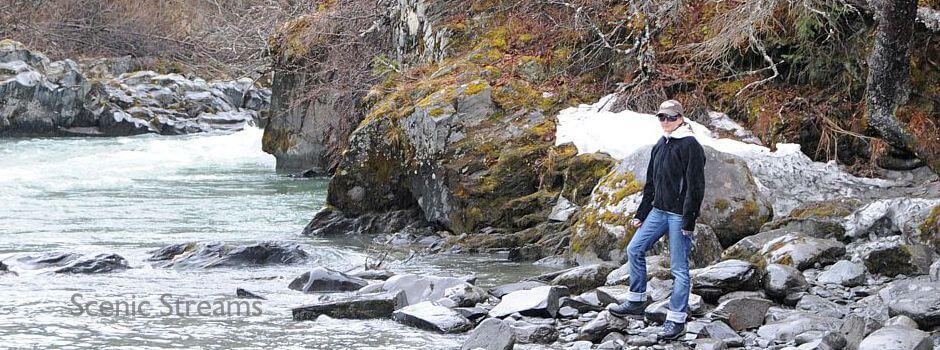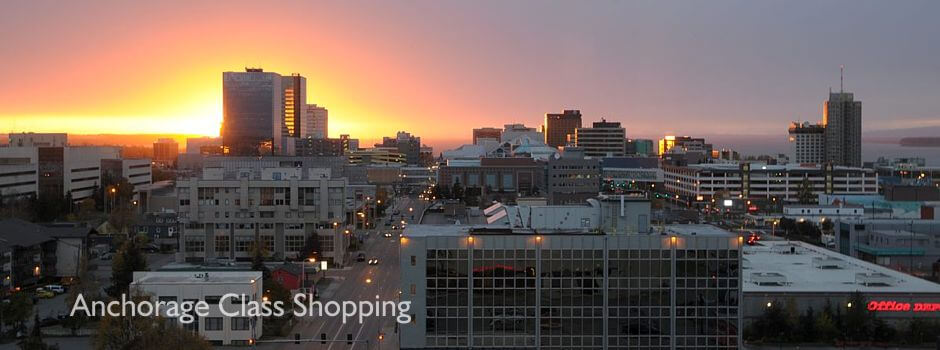Economic Impact of Alaskas Visitor Market
New Releases April 2016

U.S. Travel and Economic Indicators
While U.S. travel indicators show overall growth in in the industry between 2014 and 2015, Alaska’s travel sector grew at a faster rate (up 7 percent in visitor traffic) than the rest of the country. Overall domestic travel is projected to be up by 2.5 percent while overseas travel is projected to grow by 3.7 percent. Hotel occupancy rates are projected to be up by 1.7 percent in 2015; average daily rates are up 4.8 percent; and revenue per available room is up 6.5 percent. Domestic enplanements were up 4.3 percent from June 2014 to June 2015.
Overall U.S. economic activity increased slightly in 2015. Real GDP was up by 2.5 percent, while unemployment was down by 1.0 percent. The Consumer Price Index (CPI) was up by 0.2 percent, and consumer spending was up 3.0 percent for third-quarter 2015.
Sources: US Travel Association (ustravel.org), Smith Travel Research (str.com), American Hotel and Lodging Association (ahla.com), Bureau of Transportation Statistics (bts.gov), Bureau of Labor Statistics (bls.gov). Bureau of Economic Analysis (bea.gov).
Tourism is an important part of Alaska’s economy and enhances the quality of life for Alaskans. Visitor spending provides an immediate and substantial impact on jobs and families. The State of Alaska endeavors to increase visitor volume and local economic benefit by providing marketing, research, visitor information, business assistance, and training programs to communities, businesses, agencies, and residents.
Employment
Total employment related to Alaskas visitor market during the 2014-15 study period is estimated at 39,700 full- and part-time jobs, including all direct, indirect, and induced impacts. Peak employment is estimated at 47,000. Distribution of impacts by region is a function of both visitor volume and average spending. For example, while Southcentral and Southeast draw a similar number of visitors, Southcentral visitors tend to spend more in the region, leading to a higher degree of economic impact.
Trends in Economic Impacts
Employment was up by 3 percent in 2014-15 compared to 2013-14, while labor income and total spending were each up by 6 percent. The across-the-board increases are attributable to the strong growth in visitor volume, with record traffic recorded for both the summer (2015) and fall/winter (2014-15) periods. The slightly higher growth rate of labor income (up 6 percent) compared to employment is partially attributable to adjustments for inflation.

